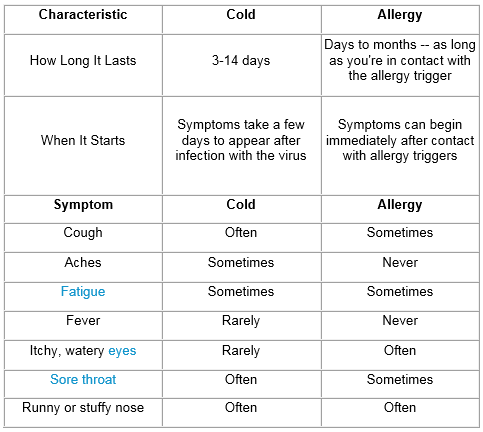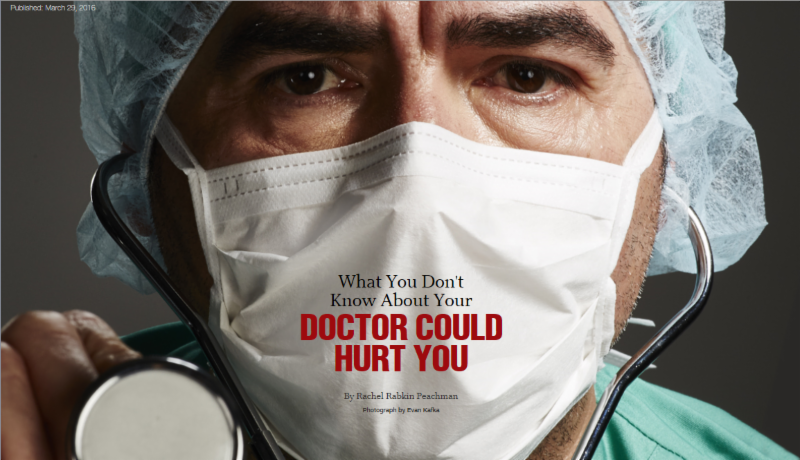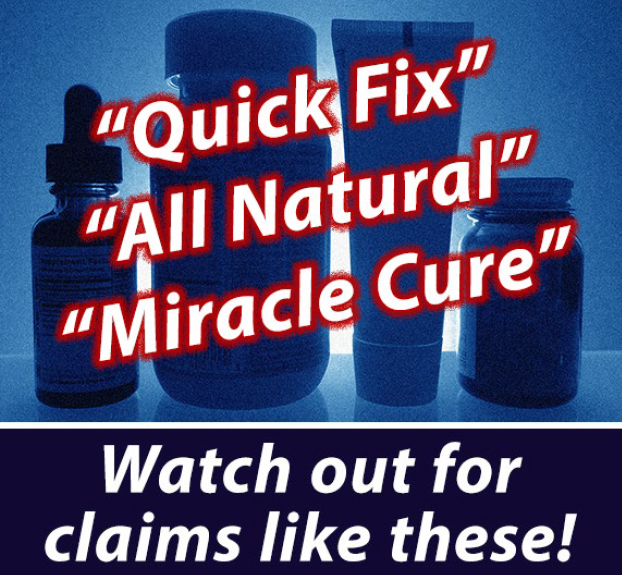Introducing our cartoonist....
Cartoons that have appeared in the newsletter recently are a contribution to the patient safety cause by Ray Andrews of West Hartford. Ray recently retired, escaping from a long and multifaceted career in health care to the refuge of his drawing board. A published cartoonist for many years, he repeatedly detoured into law, teaching and health care governance, but as a long-time proponent of patient safety he now makes time for occasional graphic illustration of patient safety issues for CTCPS.
We truly appreciate his talent and the rich addition that Ray's creative commentary offers through his drawings.
|
Are You Suffering from Out-of-Pocket Sticker Shock?
Do you have a clear understanding of what your out-of-pocket health care expenses include? If you are not sure, you are not alone. According to a recent study, one in four adults "lacked confidence in understanding" the most basic terms related to health costs such as "premium," "deductible" and "copayment" and 45% don't understand "coinsurance". According to a recent article in the Hartford Courant, many plans sold through the insurance exchange come with high deductibles. What that means is that the insured must spend a specific amount of money, sometimes as much as $5000, before the insurance company will pay any claim benefits. While a number of preventative services are now covered and the deductible does not apply, when a problem is found, the costs can mount rapidly. For people on fixed incomes such as seniors, this can create quite a problem and lead to patients making choices about which of their health care needs they can afford to take advantage of. But these surprises impact everyone. The law mandates that everyone must have health insurance. Portions of the premium cost are covered for those in lower income categories, but there are also penalties for not having insurance. In 2016 they amount to $695 per person, $2,085 per family, or 2.5 percent of income, whichever is greater.
Insurers and others involved with policy suggest that by having patients pay more of the cost of their healthcare, and by raising their awareness, it will help to curb the runaway costs of care because they will make smarter choices. The problem is that, even if they can afford to cover the cost of their care, patients often don't have enough information to make the best informed choices about which policy is best for them as well as their actual health care choices. Unlike when we buy a car and have different buying guides available, information is simply not readily available to help us with health care choices. It is important to note that in Connecticut, a recent survey showed that 36% of the enrollees have not used their health insurance at all. Additionally, according to Karen Pollitz, a senior fellow at the Kaiser Family Foundation, one in four Americans is struggling with medical bills they cannot pay. It is clear that more thought and more work must go into ways to make healthcare, not just insurance, available to everyone. It is certain that simply having insurance is not the complete answer. |
April Health Hint:
Cold or Allergy?
Spring means flower buds and blooming trees - and seasonal allergies with their discomfort and annoying symptoms.

source: WebMD
The most important difference is that colds usually don't last longer than 14 days. So see your doctor if you still have symptoms after 2 weeks. These may be allergy symptoms or signs of another problem.
Some hints to deal with allergies:
- Determine if it's really allergies and not a cold or virus
- For symptom relief see your doctor or get over-the-counter decongestants to help relieve a stuffy nose; antihistamines can tackle sniffles and itching.
- Give salt water a go. Try a saline nasal rinse (either with a neti pot or a spray), which helps clear allergens like pollen from your nasal membranes, minimizing symptoms. Gargling with salt water can soothe a sore or scratchy throat.
- Kick off your shoes and work clothes as soon as you get home. Don't drag allergens throughout your home.
- Take your workout indoors. Check pollen counts in the morning and try to stay indoors when they're high.
- Get window savvy. If you're allergic to pollen, keep your windows closed and run an air conditioner.
- Wear a mask for outdoor chores. When you're tending your garden or yard, a surgical mask can help minimize your exposure to pollen particles. Look for ones marked N95, which means they meet the standards of the National Institute of Occupational Safety and Health by filtering out 95 percent of particles.
- Take allergy symptoms seriously. You may brush off your nasal congestion or lingering headache as "just allergies," but the truth is that allergy symptoms can take a big toll on your well-being. If you feel totally lousy, give in to your body: Rest, go to bed early, take a sick day. Overdoing it and running around when you feel awful will only make you feel worse.
source: everydayHEALTH |
|
Dear Members,
As I recently prepared to write an OpEd for the CT Mirror in recognition of Patient Safety Day, I thought about stories of the people who have reached out to the CT Center for Patient Safety over the years. I thought about the story of an infant whose high bilirubin level was not treated after birth and who suffered from kernicterus and now lives with severe complications of cerebral palsy; the story of the young mom who died sitting next to her 4-year-old after getting an allergy shot at the doctor's office and going into anaphylactic shock. They didn't have IV epinephrine to help her.
I thought of our board president who had to have both of his legs amputated above his knees after a surgeon sewed his aorta shut during routine abdominal surgery. And there are many more. They are not just statistics.
We will not forget, but rather, will continue sharing their stories and honoring all of the people, their families and friends who have been impacted by avoidable medical harm in our hospitals and other healthcare settings and whose lives have been forever changed. None of us want anything more than to see aggressive work continue to move us toward the elimination of avoidable medical errors so that what we have experienced will not have to be experienced by others. However, with all of the attention being given to reducing avoidable harm, the overall numbers are no longer dropping very much. Something is missing.
The most recent CT Department of Public Health Adverse Event Report states that in 2014 there were 15 wrong site surgeries, 24 instances of retained objects, and 78 patients who died associated with falls among the 471 adverse events reported in Connecticut. In a smaller state with three medical schools and some very large, powerful healthcare systems, we find these numbers hard to understand and accept. Four hundred seventy one people, their families and their friend's lives were impacted by avoidable harm in this one year.
We believe that everyone involved in healthcare wants to see a day when  medical errors are quite the exception. We ask if and how patients and their families are meaningfully involved in the conversations about patient safety issues in our hospitals and other healthcare settings. Patients should be able to have an expectation that they will always be included in their care as an equal member of their care team and also included as part of the bigger healthcare team - the system team. It was recently pointed out in an article by Ryan White that it's the family members of patients "who've absorbed all the little details, twists and back stories behind their loved one's current plight." This finding is reflected in the results of a study published in JAMA Pediatrics. Parents at Boston Children's Hospital were asked "whether their child experienced any safety incidents during hospitalization." Of 37 safety incidents reported, almost 2/3 were deemed as "medical errors" during a physician review and 30% caused preventable harm. The study also found that patients were often the only source of information on the lapses. This supports the position of many health care advocates that patients should always have someone with them in the hospital and that they also remain the most underutilized resource in healthcare. All too often they are still not included in the substantial discussions behind the closed doors. medical errors are quite the exception. We ask if and how patients and their families are meaningfully involved in the conversations about patient safety issues in our hospitals and other healthcare settings. Patients should be able to have an expectation that they will always be included in their care as an equal member of their care team and also included as part of the bigger healthcare team - the system team. It was recently pointed out in an article by Ryan White that it's the family members of patients "who've absorbed all the little details, twists and back stories behind their loved one's current plight." This finding is reflected in the results of a study published in JAMA Pediatrics. Parents at Boston Children's Hospital were asked "whether their child experienced any safety incidents during hospitalization." Of 37 safety incidents reported, almost 2/3 were deemed as "medical errors" during a physician review and 30% caused preventable harm. The study also found that patients were often the only source of information on the lapses. This supports the position of many health care advocates that patients should always have someone with them in the hospital and that they also remain the most underutilized resource in healthcare. All too often they are still not included in the substantial discussions behind the closed doors.
The Connecticut Center for Patient Safety puts out a challenge to all healthcare entities and systems in Connecticut. We challenge them to reach out to current and former patients and to our organization to meaningfully bring the patient perspective and voice into the solution. We challenge them to publicly commit to greater transparency and to reduce medical errors often leading to avoidable harm and/or death from the third leading cause of death in our nation to one that we seldom hear about.
Lisa Freeman
|
|
Following the Money Trail
By Shannon Church, CTCPS Intern
People have always wondered if payments by pharmaceutical companies to doctors influenced their prescribing behaviors. Now we have data that helps us understand the answer. ProPublica, an independent, non-profit newsroom that produces investigative journalism in the public interest has taken a deep dive into this question. Over the last few years, they have been tracking this payment data disclosed under the Physician Payment Sunshine Act, a part of the 2010 Affordable Care Act.They have now also incorporated Medicare prescribing data into their research.
ProPublica found that doctors who received payments from medical industries prescribe drugs differently than their colleagues who don't receive payments. It was found that the more money a physician received from a pharmaceutical company, the more name brand medications they prescribed. This finding occurs in spite of the fact that additional, related analysis has found that for most patients, generic medications work just as well as name brand medications which are also more heavily advertised than generics. When it comes to patient satisfaction there is no significant difference between name brand medications and generic medications.
As part of their analysis of prescribing patterns, ProPublica broke down Pharma's payments by physician specialty and found that, as doctors received more money, they tended to prescribe a higher percentage of brand-name drugs.
Based on their analysis of five common specialties, ProPublica found that doctors who have prescribed higher rates of brand name drugs have said it's for their patient's well-being, though many of these doctors have also received payments from pharmaceutical companies. According to ProPublica's reporting, "Holly Campbell, a spokeswoman for the Pharmaceutical Research and Manufacturers of America, the industry trade group, said in a statement that many factors affect doctors' prescribing decisions. A 2011 survey commissioned by the industry found that more than nine in 10 physicians felt that a "great deal of their prescribing was influenced by their clinical knowledge and experience," Campbell said in a written statement."
Whether it is conscious or not, the data shows that physicians are influenced by money that they receive from the medical industries. In Connecticut, 76.6% of doctors accepted money from pharmaceutical companies in 2014. With greater transparency of data, everyone including patients can now learn of ties that their own physicians have to specific companies. You can look up your doctor at: https://projects.propublica.org/docdollars/.
The source of information for this article can be found at the following links:
|
New Consumer Reports Hospital Ratings and their article
What You Don't Know About Your Doc Could Hurt You
Consumer Reports has recently made their hospital ratings available to the public without a magazine subscription. They have rated hospitals based on available data comprising their safety score on infections, readmissions, complications, other adverse events, and more. Hospitals can be sorted based on their location, based on an individual measure or by individual name and up to five hospitals can be compared to each other. They have also linked to related topics such as How safe is your hospital? and How to choose a hospital.
In addition, Consumer Reports recently published an article, What You Don't Know About YourDoctor Could Hurt You addressing how little we know about our physicians who have been disciplined by our state's medical boards. "Thousands of working physicians are currently being disciplined by their respective state medical boards for findings that patients may want to know about-things such as sexual misconduct, their own addiction problems, overprescribing controlled substances, and all sorts of other documented examples of unprofessional or dangerous doctoring."
 In a collaborative effort with the Informed Patient Institute, Consumer Reports published the results of their study of state medical boards. These are the state agencies that are responsible for protecting the public from the "unprofessional, improper and incompetent practice of medicine." They license and investigate complaints about doctors. This report finds that the Connecticut State Medical Board ranked 15th out of 65 boards that were evaluated based on their CR's weighted scores of 61 criteria measuring things like ease of use and the types of information one could find about a doctor, instructions and ease of filing a complaint, and what general information was available about the medical board's operations. The Connecticut State Medical Board can be found here and to look up a doctor, enter your criteria and select Physician/Surgeon from the license type list. |
Dietary supplements and non-prescription products
may not be what you think they are
Today, with more focus and concern on healthy lifestyles, people are looking for both healthier foods and dietary supplements to take care of various health issues. But the FDA points out that there are risks that we must be aware of. Dietary supplements and many other non-prescription products do not require FDA approval to be marketed. Unfortunately, there are scammers who target people who prefer to shop at nontraditional places, and particularly those people with limited English proficiency and access to health care services, some of our more vulnerable populations. Native Americans, Latinos, Asians and Africans for instance, may have a long tradition of turning to more herbal or so-called "natural" remedies based on certain cultural beliefs. Yet some of the products that are available may not be what they claim to be. According to an FDA spokesperson, it is important to be aware that "natural" does not mean that a product is safe nor that it is not contaminated or contains potentially harmful chemicals or drug ingredients not listed on the label. The fact is that the FDA has not developed a definition for use of the term "natural" or its derivatives. Some of the supplements and non-prescription products actually contain hidden and dangerous prescription drug ingredients. Unfortunately, while many supplements offer a safe and legitimate alternative treatment option, there is a lot of fraud in the world of supplements.
According to the FDA, some language and phrases to look out for are:

- One product that claims to cure a wide range of diseases
- Personal testimonials. Success stories.
- Quick fixes
- "All natural"
- Miracle cure
- FDA-Approved - Supplements are not FDA approved.
When you make up your list of medications, which should always be carried in your wallet, it is important to include all non-prescription medications and all supplements in addition to those prescribed by your clinician. Interactions do not only occur between prescription drugs.
If you have a bad reaction to a supplement, the FDA wants you to report it so they can investigate and, if the product is found to be harmful, make sure appropriate action is taken. You can report a bad reaction or a product defect by calling the Consumer Complaint Coordinator in your state: www.fda.gov/Safety/ReportaProblem/ ConsumerComplaintCoordinators/ default.htm or you can report online at FDA's MedWatch:
www.accessdata.fda.gov/scripts/ medwatch/index
|
|
|
|
|